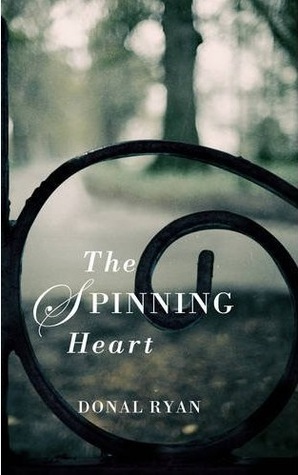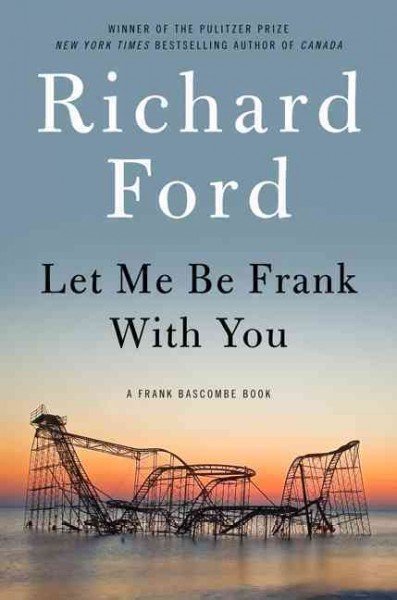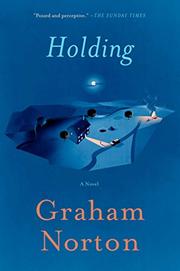Little Fires Everywhere Celeste Ng (2017)
Ah, adolescents in late-1990s Shaker Heights, Ohio.
The first chapter of Little Fires Everywhere lures the reader in with a blazing house, then backtracks about a year to paint portraits of the four teenaged Richardson children who resided in that house (Lexie, Trip, Moody, and Izzy)--plus the new 15-year-old in town, Pearl Warren. The Richardson family lives the American Dream, with trendy clothes and cars, luxurious vacations, and bright career prospects for the kids. Most of the Richardsons are also selfish and self-centered. Pearl, in contrast, is a smart but naïve vagabond who roams the country in an old VW Rabbit with her single mother, Mia, who’s an accomplished photographic artist. Pearl and Mia rent an apartment in a Shaker Heights duplex owned by Mrs Richardson and furnish it sparsely with castoffs, in distinct contrast to the elegant six-bedroom Richardson mansion. Tellingly, Ng refers to most adults as “Mrs” and “Mr,” but Mia Warren is always “Mia.”
The social commentary on economic inequality and lifestyle choices inherent in this setup would be enough to fuel a novel—and a spectacular house fire. But novelist Celeste Ng plunges far, far deeper into the problems in Shaker Heights, where she herself has lived. This suburb of Cleveland was established early in the 20th century as a planned community, with rigid rules about all aspects of outward appearance and organization. Near the end of the book, Izzy Richardson thinks about “life in their beautiful, perfectly ordered, abundantly furnished house, where the grass was always cut and the leaves were always raked and there was never, ever any garbage in sight; in their beautiful, perfectly ordered neighborhood where every lawn had a tree and the streets curved so that no one went too fast and every house harmonized with the next; in their perfectly ordered city, where everyone got along and everyone followed the rules and everything had to be beautiful and perfect on the outside, no matter what a mess lay within.” (323)
The “mess” behind the gorgeous façade of Shaker Heights includes unplanned pregnancy, controversial interracial adoption, prejudice against immigrants, unethical journalism, and parents who pay little attention to their wayward kids. Ng’s narrative is complex, with multiple strands tightly interwoven, and all her characters, no matter how peripheral, are drawn with exquisite care. The reading becomes unstoppable as the novel barrels along toward the fire that will inevitably consume the Richardson home.
The “little fires” of the title are the blazes on the gasoline-soaked beds that the arsonist lights. But these fires are also the incendiary issues shoved under the beds of upper-middle-class Americans: bigotry, greed, and a general disdain for those who diverge in any way from the norms set by their communities. Ng doesn’t preach; she shows.

























